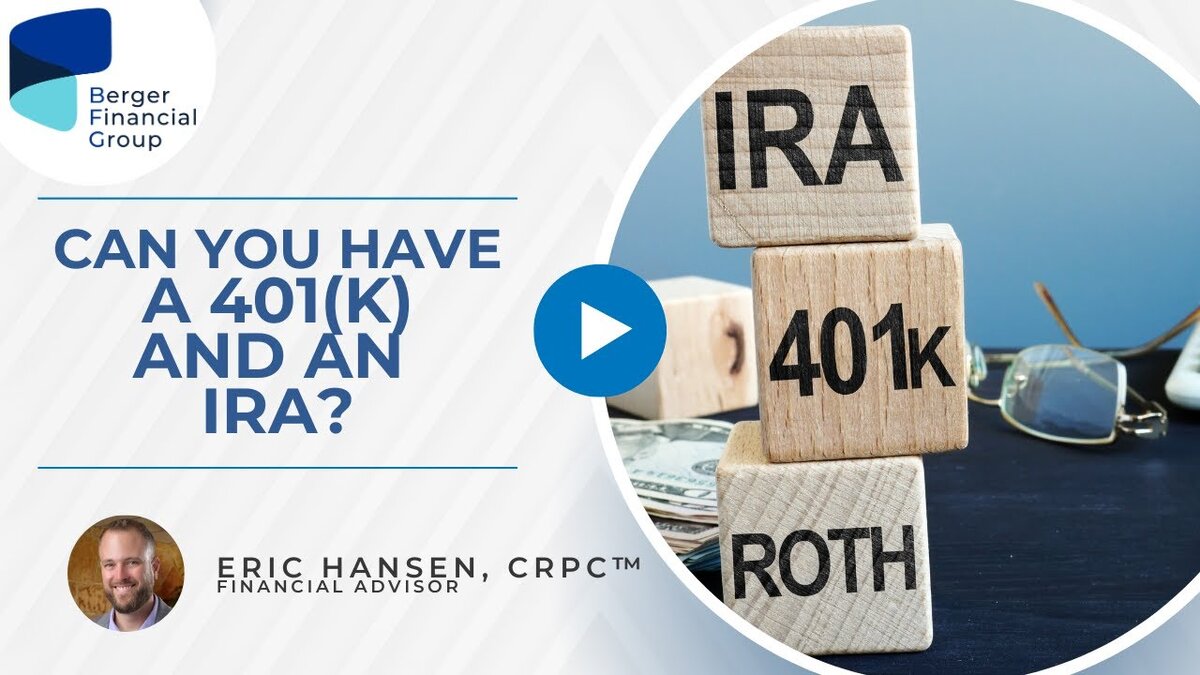Investing in your child’s future is a significant step towards ensuring their financial stability and success. This guide will explore the ideal timing and methods for investing in child investment plans, ensuring that you provide the best possible financial foundation for your kids.
Understanding the Importance of Timing
The Power of Starting Early
The question of when to start investing in child investment plans is crucial. The earlier you start, the more you benefit from compounding investment interest. This is particularly potent given the long-term investment horizon of a young child. By starting early, you set the foundation for a financially successful future for your child.
Prioritizing Your Financial Stability
However, it’s essential first to secure your financial position. The best gift for your kids is your financial independence, so you don’t become a burden to them in your retirement years. Ensure that you’re in a good place financially before shifting focus to your child’s future.
Exploring Investment Options
Custodial Brokerage Accounts
One option is the custodial brokerage account, including UTMA (Uniform Transfer to Minors Act) and UGMA (Uniform Gifts to Minors Act) accounts. These allow you to control an investment account in your child’s name until they reach the age of majority in your state. While there are no contribution limits, a potential drawback is the lack of special tax treatments. Earnings are taxed to the child and may be subject to higher parental rates if they exceed certain thresholds.
Custodial Roth IRAs
Another excellent option is the Custodial Roth IRA. This account offers tax-free compounding growth, leveraging the long-term investment horizon. However, there are strict contribution limits – the lesser of $7,000 or the child’s earned income for 2024. This means it’s only viable if the child has earned income.
The Versatility of 529 Plans
The 529 plan presents a versatile choice. Here, you’re the owner, and your child is the beneficiary. Funded with after-tax money, these accounts can grow tax-free, and withdrawals for qualified education expenses are also tax-free. While they are primarily for education-related expenses, unused funds offer flexibility, such as rolling over into a Roth IRA for the child.
Making the Right Choice
Each investment option comes with its set of rules and benefits. It’s crucial to work with a financial adviser to determine the most suitable plan for your child’s needs and your financial circumstances. Balancing tax advantages, contribution limits, and potential future needs is key to making an informed decision.
Conclusion

When it comes to investing in child investment plans, the best time is now, if you’re financially ready. Starting early maximizes the benefits of compounding interest and sets a strong financial foundation for your child. By understanding the various options available and consulting with a financial adviser, you can make the best choice for your child’s future. Remember, investing in your child’s future is not just about the money; it’s about giving them the freedom and resources to pursue their dreams and goals. For more personalized advice and to explore the best options for your family, feel free to contact Berger Financial Group today for more information.






